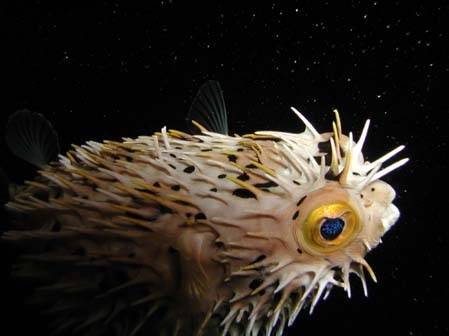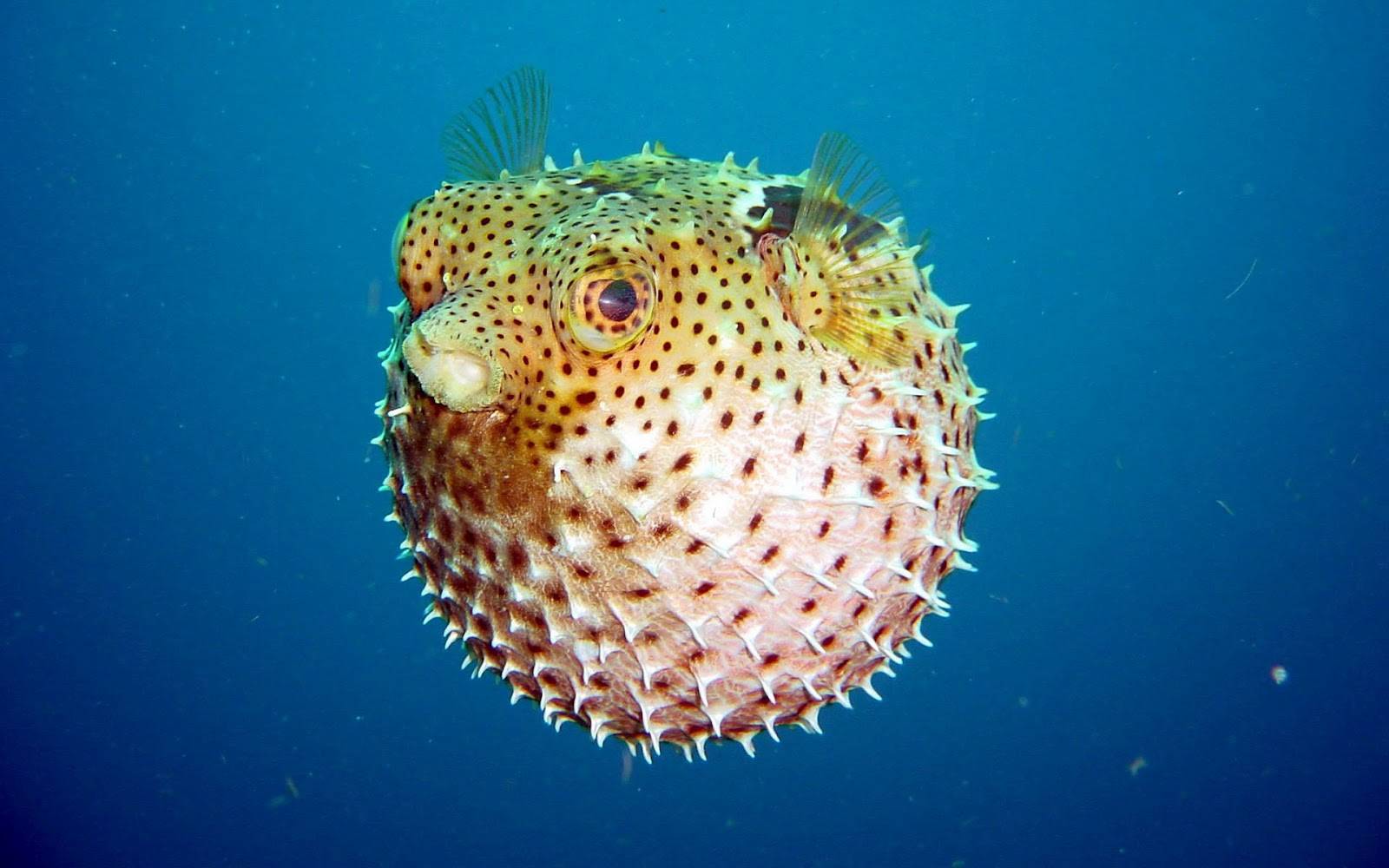- Thread starter
- #41
Little Skate, Leucoraja


Follow along with the video below to see how to install our site as a web app on your home screen.

Note: This feature currently requires accessing the site using the built-in Safari browser.



Ever been enchanted by John Masefield's words?
Sea FeverMy uncle served in the Navy in WWII, and when he got home, he had aquariums all over his house full of the most beautiful, colorful fish that were completely delightful to me. I'm hoping other people have the love for these colorful creatures and will share their experiences and particular admiration for what caught their eye.
I must go down to the seas again, to the lonely sea and the sky,
And all I ask is a tall ship and a star to steer her by,
And the wheel's kick and the wind's song and the white sail's shaking,
And a grey mist on the sea's face, and a grey dawn breaking.
I must go down to the seas again, for the call of the running tide
Is a wild call and a clear call that may not be denied;
And all I ask is a windy day with the white clouds flying,
And the flung spray and the blown spume, and the sea-gulls crying.
I must go down to the seas again, to the vagrant gypsy life,
To the gull's way and the whale's way, where the wind's like a whetted knife;
And all I ask is a merry yarn from a laughing fellow-rover,
And quiet sleep and a sweet dream when the long trick's over.
View attachment 238023








All things bright and beautiful in the sea. Please add all your favorite things about the sea, won't you?
Ever been enchanted by John Masefield's words?
Sea FeverMy uncle served in the Navy in WWII, and when he got home, he had aquariums all over his house full of the most beautiful, colorful fish that were completely delightful to me. I'm hoping other people have the love for these colorful creatures and will share their experiences and particular admiration for what caught their eye.
I must go down to the seas again, to the lonely sea and the sky,
And all I ask is a tall ship and a star to steer her by,
And the wheel's kick and the wind's song and the white sail's shaking,
And a grey mist on the sea's face, and a grey dawn breaking.
I must go down to the seas again, for the call of the running tide
Is a wild call and a clear call that may not be denied;
And all I ask is a windy day with the white clouds flying,
And the flung spray and the blown spume, and the sea-gulls crying.
I must go down to the seas again, to the vagrant gypsy life,
To the gull's way and the whale's way, where the wind's like a whetted knife;
And all I ask is a merry yarn from a laughing fellow-rover,
And quiet sleep and a sweet dream when the long trick's over.
View attachment 238023








All things bright and beautiful in the sea. Please add all your favorite things about the sea, won't you?
When I was growing up, my mother had a book of poems that we took turns reading from on a regular basis. We got to read the ones we liked. Sea Fever was a favorite. I have lovely memories of my young and beautirul mother standing and reading it to us, and also memories of my older sister, when she was a girl, reading it. Mom is 84 and my sister is 64 now.



